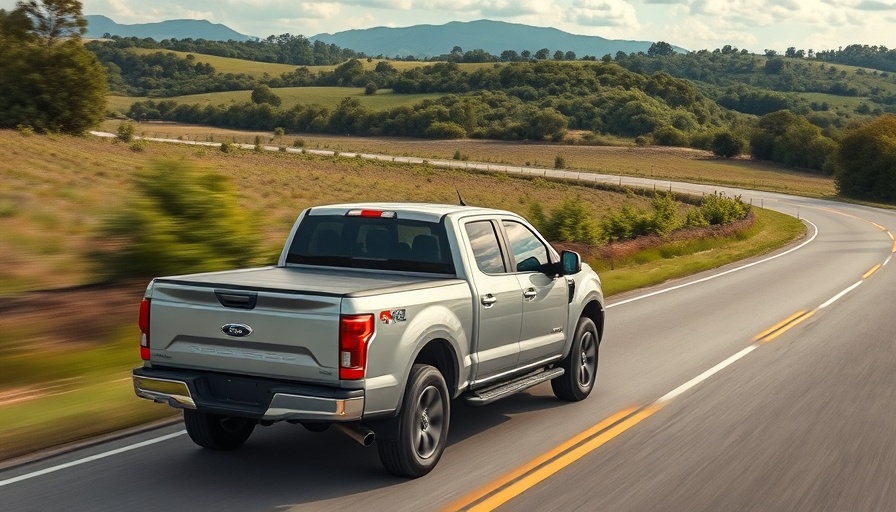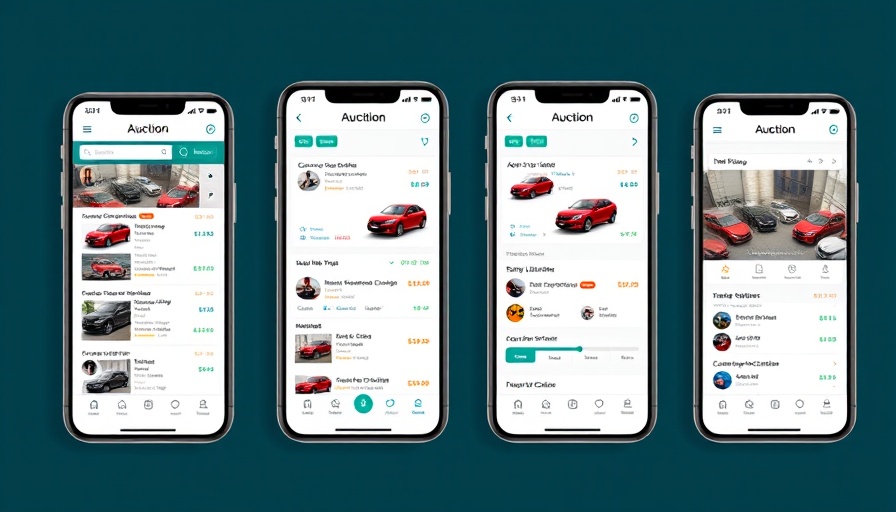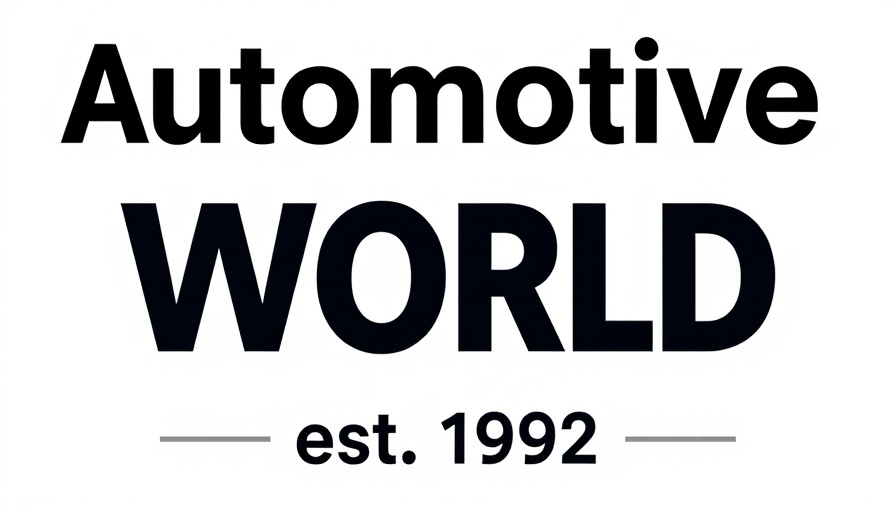
The Future of Plug-In Hybrids: A Complicated Promise
As we look toward the future of automobile technology, plug-in hybrids (PHEVs) have begun to take center stage in discussions surrounding cleaner vehicles. But are they an effective transitional solution to fully electric vehicles, or do they introduce unnecessary complexity? This intriguing question merits further exploration as manufacturers prepare to roll out new models in 2025 that promise enhanced capabilities.
Understanding Plug-In Hybrids: More Than Just a Compromise?
At their core, plug-in hybrids combine the benefits of electric vehicles with traditional combustion engines. They typically feature a larger battery than standard hybrids, enabling drivers to experience electric-only travel for certain distances. This can significantly reduce emissions, especially for those who can charge their vehicles regularly, making them ideal for commuters. However, a growing body of research raises concerns about how effectively drivers utilize the electric potential of these vehicles.
Lessons from Recent Studies: Reality vs. Expectation
According to a 2022 study from the International Council on Clean Transportation, actual mileage driven by plug-in hybrid users falls short of EPA projections—between 25-65% less than the advertised figures on window stickers. Moreover, another European Commission study indicated that emissions from real-world PHEV usage exceeded earlier assumptions. Such findings have prompted regulatory bodies like the EPA to reassess how they calculate greenhouse gas emissions from these vehicles.
Exciting Developments for 2025: What’s on the Horizon?
Despite concerns, the anticipation for new plug-in hybrids remains high. Thanks to advancements in battery technology and stricter regulations, upcoming PHEVs are expected to deliver more electric-only miles. While current manufacturers like Toyota boast models with up to 51 electric miles of range (like the Prius Prime), future releases may significantly exceed this, aligning with a greater industry push toward electric vehicle adoption.
The Prospects for Enhanced Electric Experiences
New models are likely to focus on offering drivers an electric-vehicle experience that prioritizes electric propulsion. This pivot indicates that automakers are shifting their design philosophy toward highlighting the electric aspect of PHEVs, aiming to engage environmentally conscious consumers by minimizing reliance on gasoline engines. With evolving infrastructure and battery capabilities, this transition seems not only possible but also promising.
Conclusion: Navigating the Path Ahead
As we approach 2025, the automotive industry stands at a crossroads. The evolution of plug-in hybrids reflects both consumer desires for greener technologies and the challenges that accompany such advancements. For dealership principals and industry stakeholders, understanding the intricate dynamics surrounding PHEVs will be crucial as we navigate the evolving automotive landscape.
 Add Row
Add Row  Add
Add 




Write A Comment